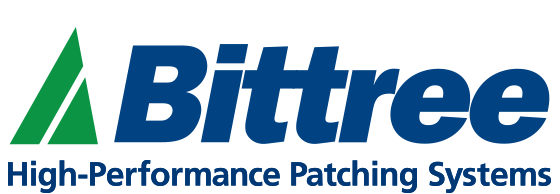Posted in Get Connected, Patch Panel
What is a patch cable?
What is a patch cable - A patch cable, also known as a patch cord or patch lead, is an electrical or optical cable that connects devices together for signal routing purposes. Devices such as computers are connected to routing devices (modems) by the use of patch cables allowing the communication of data from one device to another. There are different types of patch cables and patch cords, and are often produced in different colors to aid in organization of signal-flow. Microphone cables, instrument cables, XLR, ethernet, headphone extension cables, and TTL (tiny telephone lines) are all considered patch cables, carrying audio or video signals.
Differences in patch cables vary depending on their applications. Computer cables such as CAT5 and CAT6 are used in supporting network duties, with CAT5 being an older version with a more limited bandwidth capability, supporting networks up to around 100MB. CAT6 support network connections upwards of 1GB. The difference in the cable is the amount of twists that exist between the pairs of wires that are inside of the cables.
Patch cables are of varying lengths. Shorter patch cables can be used within rack mounted hardware setups, connecting hardware devices and effects units from one to another. Patch cables are also used in connecting various stompbox style pedals used in guitar applications. Some varieties are literally ¼” to ¼” plugs with no wire between them whatsoever. Typically, the shorter the cable, the better the connection. Patch cables are more flexible than standard copper cables, as copper cables are used in more permanent applications such as building infrastructure.
Different types of patch cables are often found in home and commercial recording studios, and are the cornerstone of any audio and recording setup. Microphones (typically using three pin XLR connectors) are routed to PA systems and mixing consoles, but can also make a stop at your favorite mic pre or effects device before input to impart different textures and sounds.
A wide range of electronic instruments use ¼” mono patch cables in connecting instruments to amplifiers such as electric guitars, electric basses, keyboards, drum machines, samplers, electric pianos, etc. Longer patch cables extending from 10’ to 20’ are used in connecting instruments to amplifiers and mixing consoles, with shorter patch cables (2” to 12”) connecting effects devices and stompbox style effects.
The importance of patch cables are often overlooked, until one goes bad. Understanding proper signal flow can maximize your recording experiences, but your experience can only be as good as your connections allow. Don’t get caught up in the downfall of bad cables! If you want to discuss how patch cables can improve your workflow in your recording studio, drop us a line at +1 (818) 500-8142 or email us at marketing@bittree.com
We love to talk signal flow!
Subscribe to our newsletter and always be the first to hear about what is happening.
© 2025 Bittree

Jack Field
Author